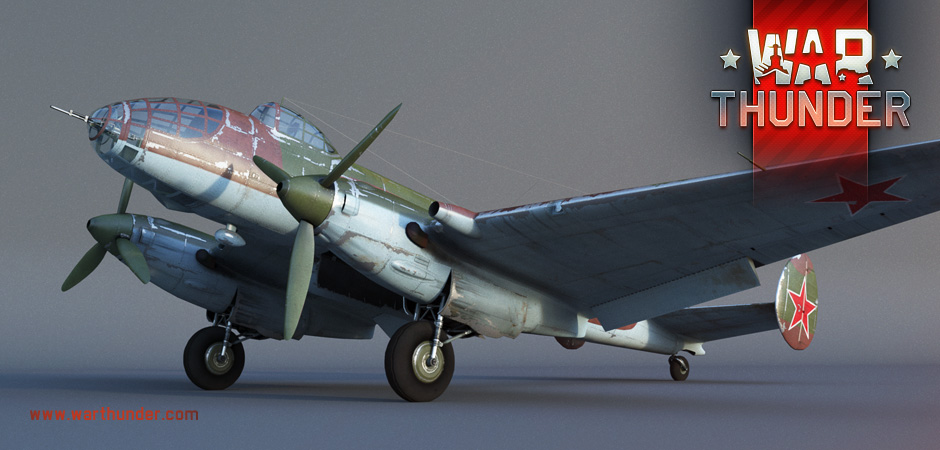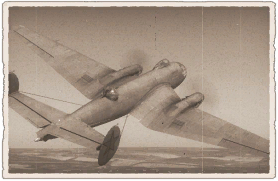
- For PC
- For MAC
- For Linux
- OS: Windows 7 SP1/8/10 (64 bit)
- Processor: Dual-Core 2.2 GHz
- Memory: 4GB
- Video Card: DirectX 10.1 level video card: AMD Radeon 77XX / NVIDIA GeForce GTX 660. The minimum supported resolution for the game is 720p.
- Network: Broadband Internet connection
- Hard Drive: 17 GB
- OS: Windows 10/11 (64 bit)
- Processor: Intel Core i5 or Ryzen 5 3600 and better
- Memory: 16 GB and more
- Video Card: DirectX 11 level video card or higher and drivers: Nvidia GeForce 1060 and higher, Radeon RX 570 and higher
- Network: Broadband Internet connection
- Hard Drive: 95 GB
- OS: Mac OS Big Sur 11.0 or newer
- Processor: Core i5, minimum 2.2GHz (Intel Xeon is not supported)
- Memory: 6 GB
- Video Card: Intel Iris Pro 5200 (Mac), or analog from AMD/Nvidia for Mac. Minimum supported resolution for the game is 720p with Metal support.
- Network: Broadband Internet connection
- Hard Drive: 17 GB
- OS: Mac OS Big Sur 11.0 or newer
- Processor: Core i7 (Intel Xeon is not supported)
- Memory: 8 GB
- Video Card: Radeon Vega II or higher with Metal support.
- Network: Broadband Internet connection
- Hard Drive: 95 GB
- OS: Most modern 64bit Linux distributions
- Processor: Dual-Core 2.4 GHz
- Memory: 4 GB
- Video Card: NVIDIA 660 with latest proprietary drivers (not older than 6 months) / similar AMD with latest proprietary drivers (not older than 6 months; the minimum supported resolution for the game is 720p) with Vulkan support.
- Network: Broadband Internet connection
- Hard Drive: 17 GB
- OS: Ubuntu 20.04 64bit
- Processor: Intel Core i7
- Memory: 16 GB
- Video Card: NVIDIA 1060 with latest proprietary drivers (not older than 6 months) / similar AMD (Radeon RX 570) with latest proprietary drivers (not older than 6 months) with Vulkan support.
- Network: Broadband Internet connection
- Hard Drive: 95 GB
Download Wallpaper: 1280x1024 | 1920x1080 | 2560x1140
As the clouds of war gathered over Europe in the 1930s and countries rearmed, civil aircraft designs were adapted for military use. The luxurious Short Empire flying boats evolved into the Short Sunderland, and the transatlantic Focke-Wulf Fw 200 airliner was modified for long-range maritime patrol.
|
In the Soviet Union Roberto Bartini, an Italian designer, had developed the Stal-7 airliner which claimed a world record in 1939 by flying at an average speed of 404.94 km/h over 5,000 km. The potential of the Stal-7 as a bomber was recognised but Bartini, like fellow designers Tupolev and Petlyakov, had been arrested in 1938 on trumped-up charges. Work on the resulting DB-240 (dahl'niy bombardirovschik — long-range bomber) was therefore headed by Vladimir Yermolayev, Bartini's Chief Engineer, and the aircraft entered service as the Yer-2 in 1941.
The outstanding features of the Yer-2 were its long range and heavy bomb load, and while range is seldom of great importance in War Thunder’s Random Battles, the bomb load of the Yer-2 is exceptional and useful in any mode. With all modifications unlocked the first variants can mount two 1,000kg bombs externally in addition to four 500kg bombs internally. These heavy bombs can destroy most ground targets in the game, and are ideally suited for for bombing bases. The weight of bombs required to destroy a base varies depending on game mode and rank, but 4,000kg of bombs should be enough for two bases in Realistic Mode or one in Arcade.
To bomb a base, though, you have to reach it, and the main drawback of the Yer-2 is its vulnerability. It is not especially fast, especially when loaded down with external ordnance, and three machine guns offer little protection against the heavily armed fighters they typically encounter. If possible bring a wingman or two of your own for cover; enemy fighters can become fixated on what looks like an easy kill and in turn become targets themselves. If flying solo then cloudy weather or darkness may offer opportunities to hide, but you have two main choices:
Stay at high altitude and hope that your team maintains air superiority, or dive straight for a base and hope you reach it before being intercepted. As the latter puts you at a high risk of being shot down, however, you should consider the big picture of the match beforehand.
With up to 4 tons of bombs for the early and 5 tons for the later diesel versions, the Yer-2 is an excellent base bomber. But don't be fooled:
With "only" around 2000 to 3000 HP, you can't expect miracles of performance especially while climbing. Pick your bombload wisely!
Strategic bombing was an important part of Soviet air doctrine in the early 1930s, exemplified by the massive TB-3 bomber, but experience in the Spanish Civil War changed the focus to tactical battlefield support, and you will notice this when flying both the TB-3 and Yer-2 in War Thunder. Only a small number of Yer-2s were built in 1941 before the factory was evacuated under threat from the German advance, and production of the Ilyushin Il-2 took priority over long-range bombers. Squadrons equipped with the Yer-2 made a few raids on German cities in 1941, but the majority of their missions were launched against tactical targets. Suffering heavy attrition and with no replacement aircraft being produced only a handful remained in service by the end of 1942.
To improve the range of the Yer-2 trials were conducted with diesel engines. The results were encouraging enough that, with the front stabilised and Il-2s pouring out of factories, the Yer-2 was put back into production in 1943 with Charomskiy ACh-30B diesel engines. The new variant was slower but featured upgraded defensive armament with a 20mm cannon in the dorsal turret, and could carry an additional 1,000kg external bomb.
While the early versions of the Yer-2 feature light ShKAS or heavy Berezin MGs only, more defensive punching power is added with the increasingly
powerful diesel variants: A combination of heavy Berezin MGs and the Soviet Union's favorite 20mm ShVAK cannon is a potent upgrade.
The final two Yer-2 variants in War Thunder represent these diesel-engined models. The first is an early version, the second has a revised two-man cockpit instead of the distinctive offset cockpit of previous variants. The extra 1,000kg bomb makes them even more potent, but being slower and facing higher ranked opponents keeps survival a challenge; the defensive cannon is useful, but sensible opponents will attack from below.
Diesel Yer-2s remained in service post-war until replaced by four engined bombers, and the design returned to its airliner roots with a small number of Yer-2ON conversions as VIP transport aircraft. Yermolayev died in 1944 and his design bureau was absorbed by Sukhoi; Bartini was released from prison after the war and continued to work in the aerospace industry.
In trying to make the Yer-2 design fit for combat again, more powerful diesel engines were installed on a modernized frame. When comparing
both series in War Thunder, the difference between the petrol and late diesel versions become immediately apparent - just compare the size!
The Yer-2 series of bombers stand out in the Soviet tree for their exceptionally heavy bomb loads, making them the go-to aircraft for pilots who want to get the maximum weight of ordnance onto enemy targets.
Author: John "Zoso" Moore
Want to read more about the vehicles in War Thunder? Find other Vehicle Profiles on our website!









Comments (36)
more bombers without cockpits??? NO!! i dont support this in any way, its gets annoying already.